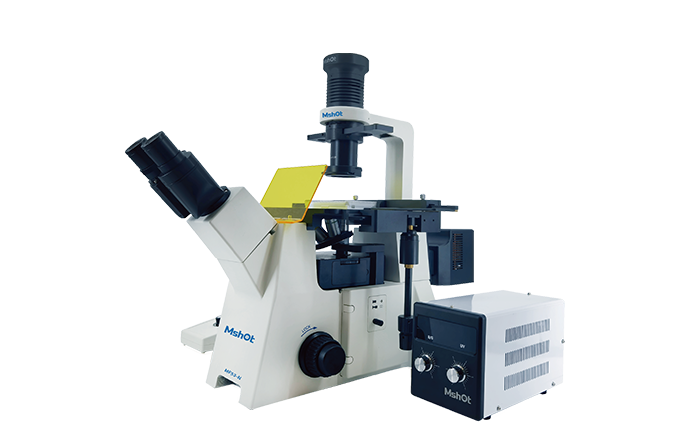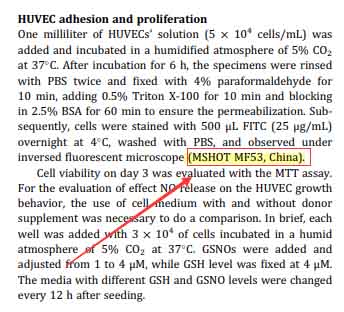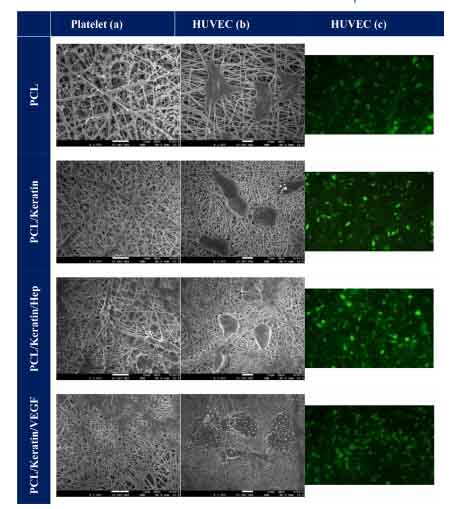Recently, one professor of South Normal University published a paper on catalytic generation of nickel oxide from poly (ε - caprolactone) / phosphopreserved keratin mats for a vascular tissue engineering scaffold in Langmuir.

Tissue engineered blood vessel transplantation (TEVG) has a broad prospect and meets the clinical needs of organ shortage. Here, human hair keratin is extracted by reduction method and then modified. Zwitterionic 2-methacryloyloxyethyl phosphate choline (MPC) can improve blood coagulation through mercaptan Michael addition. Then, phosphorylated keratin (PK) and poly (ε - caprolactone) (PCL) were co electrospun into a PCL / PK layer with a ratio of 7:3. Its surface morphology, chemical structure and wettability can be characterized. In the presence of glutathione (GSH) and GSNO, the biological composite pad selectively enhanced the adhesion, migration and growth of endothelial cells (EC) and controlled the proliferation of smooth muscle cells (SMC) due to the catalytic production of No. In addition, these spinning layers can reduce platelet adhesion, prolong blood coagulation time and control hemolysis, showing good blood anticoagulant activity. These no producing PCL / PK layers can be used as scaffolds for vascular tissue engineering, and have potential applications for rapid endothelialization and reducing SMC proliferation.


MF53-N inverted fluorescence microscope
PCL / PK composite spinning layer can effectively improve the blood compatibility. In addition, in the presence of glutathione, these biological composite mats can produce no from GSNO, leading to the decrease of platelet adhesion; enhance the adhesion, which is conducive to the migration and growth of HUVEC; and control the proliferation of HUASMC to promote endothelialization (bioselective), so as to prevent thrombosis and restenosis.
HUASMC: smooth muscle cells
HUVEC: vein endothelial cells


The inverted fluorescence microscope MF53-N mentioned in this paper adopts an excellent infinite achromatic independent correction optical system, and is equipped with a long working distance flat field achromatic objective and a large field eyepiece. Good weak fluorescence imaging, using turntable fluorescence switching mode, can be configured with UV, V, B, G, y, R and other fluorescence, can observe DAPI, FITC, TRITC, Alexa fluor series, Cy3 series and other common fluorescent dyes, widely used in CTC detection, fret, cellular immunity and other fields.